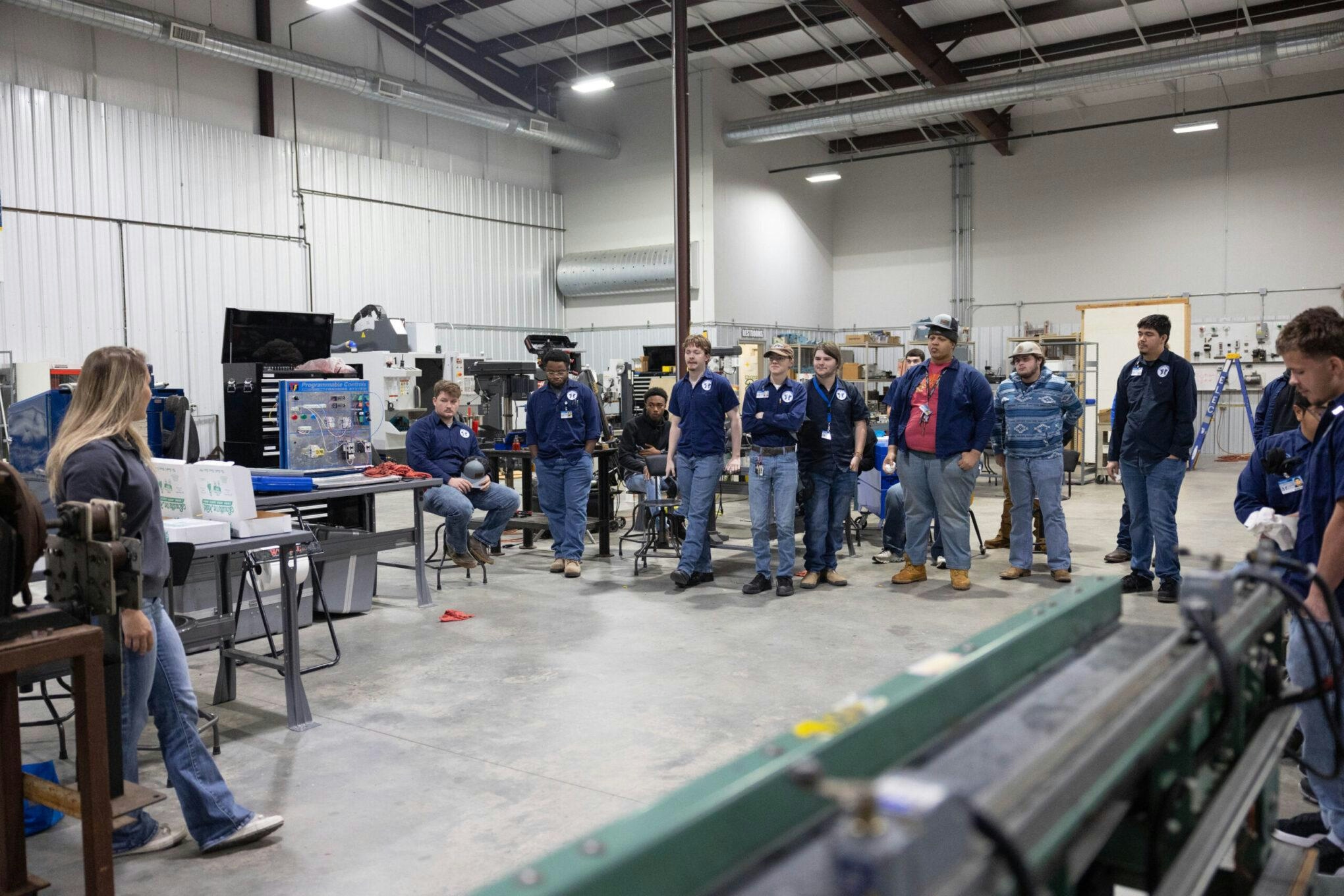
AeroGenie — Your Intelligent Copilot.
Trending
Categories
Croatia Airlines Attributes Cost Increase to Delayed A220 Deliveries
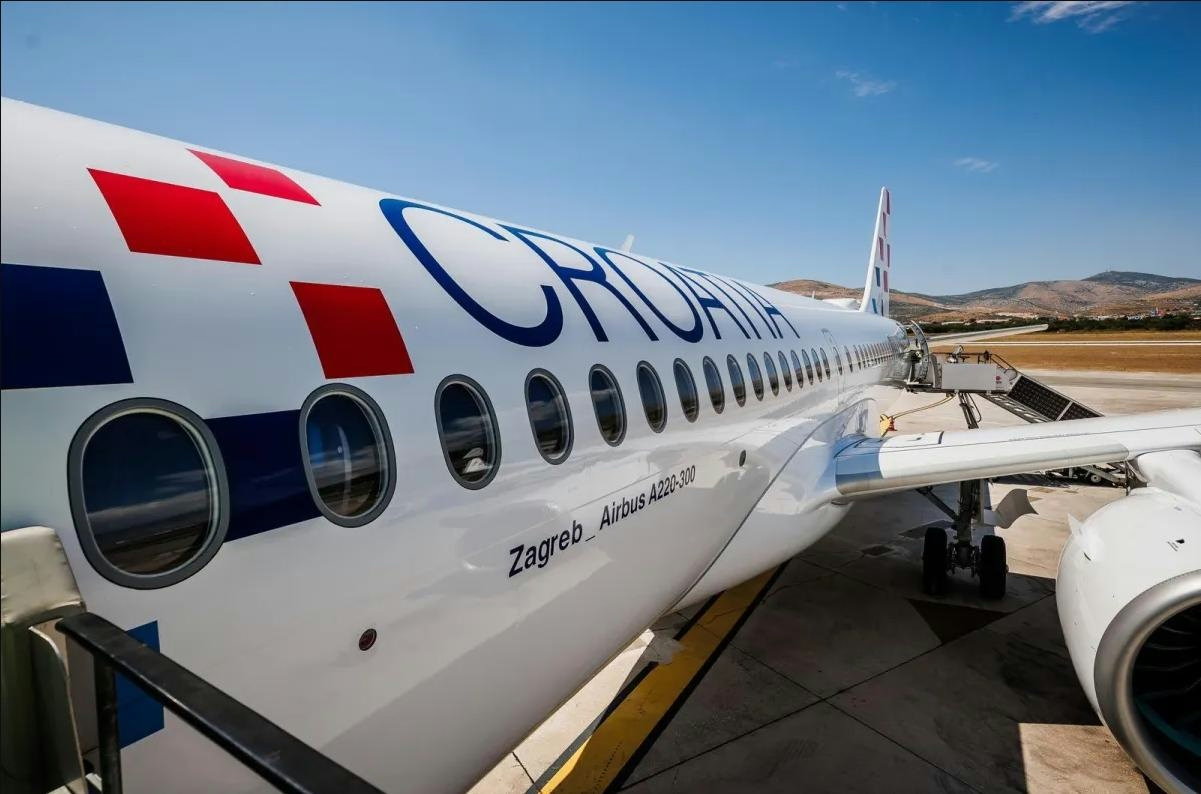
Croatia Airlines Attributes Cost Increase to Delayed A220 Deliveries
Impact of Delivery Delays on Financial Performance
Croatia Airlines has reported a significant rise in operational costs during the summer season, primarily due to delays in the delivery of Airbus A220 aircraft. The national carrier, currently engaged in an extensive fleet renewal program, revealed in its latest financial report that the postponed arrival of new jets has forced it to continue operating older aircraft longer than anticipated. This has resulted in increased leasing and maintenance expenses, placing additional financial strain on the airline.
In its nine-month report, Croatia Airlines emphasized that the fleet replacement initiative is fundamental to establishing a sustainable and more efficient business model over the long term. However, the airline noted that updated delivery schedules provided by suppliers, now set for early 2025, have caused further delays. These setbacks have adversely affected the summer season and contributed to a cumulative delay exceeding 62 months for the A220 deliveries.
Operational Challenges and Fleet Composition
The transition to the A220 fleet has been further complicated by delays in returning De Havilland Dash 8-400 turboprops to their owners, exacerbating the financial pressures. Compounding these difficulties, Airbus has announced a reduction in its A220 production targets for 2026, raising concerns about potential additional delivery delays for Croatia Airlines and other customers.
Between January and September, Croatia Airlines recorded a consolidated operating loss of EUR 21.5 million (USD 24.7 million). Despite this, the airline reported a 9% year-on-year increase in EBITDA, which rose to EUR 12.4 million (USD 14.2 million), indicating some operational improvements amid the ongoing fleet transition.
Originally, the airline had planned to commence A220-100 operations by the summer 2025 season, but these plans have been postponed due to the delivery delays. To date, Croatia Airlines has taken delivery of seven A220 aircraft—six A220-300s and one A220-100—with the objective of eventually operating a fleet of fifteen, comprising thirteen A220-300s and two A220-100s. According to ch-aviation data, the current fleet includes one A220-100 (with one more pending delivery), six A220-300s (seven additional units expected), four A319-100s, two A320-200s, and four DHC-8-Q400s. The airline anticipates receiving further A220s in 2026.
Market Response and Strategic Outlook
The market reaction to these developments has been mixed. Some investors have expressed concern over the financial impact of the delays and the increased costs associated with the fleet transition. Conversely, others remain optimistic about the long-term advantages of operating a modernized and more efficient fleet. Meanwhile, competitors may seek to exploit Croatia Airlines’ transitional challenges by accelerating their own fleet upgrades or attempting to capture market share during this period of adjustment.
As Croatia Airlines contends with these operational and financial headwinds, the successful integration of the A220 aircraft remains central to its strategy for achieving sustainable growth and enhanced operational efficiency in the coming years.
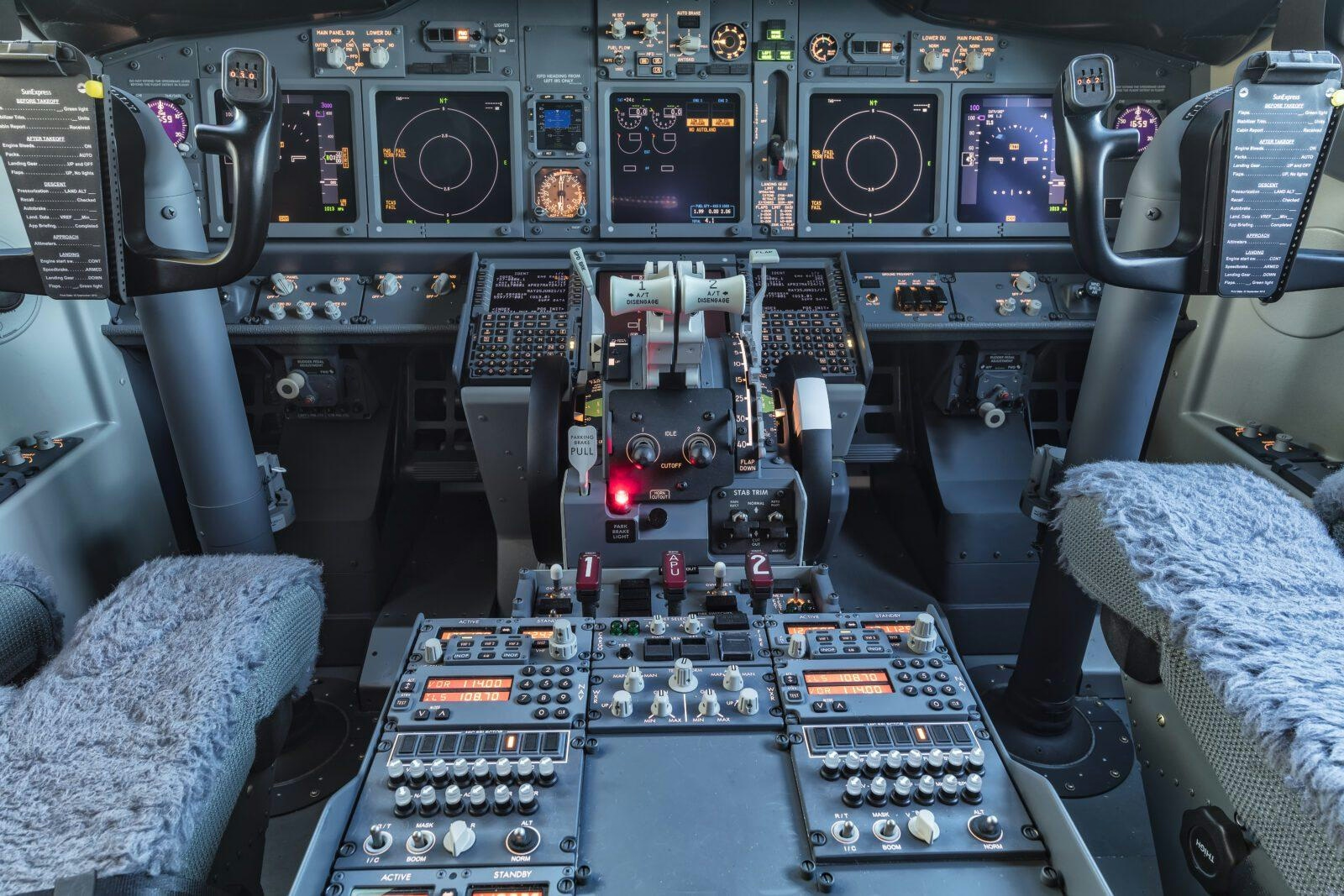
Investigators Examine Theory That Cockpit Sun Visor Caused Boeing 737 Engine Shutdown After Takeoff

Comparing the Fuselage Lengths of the Airbus A350-1000 and Boeing 787-10
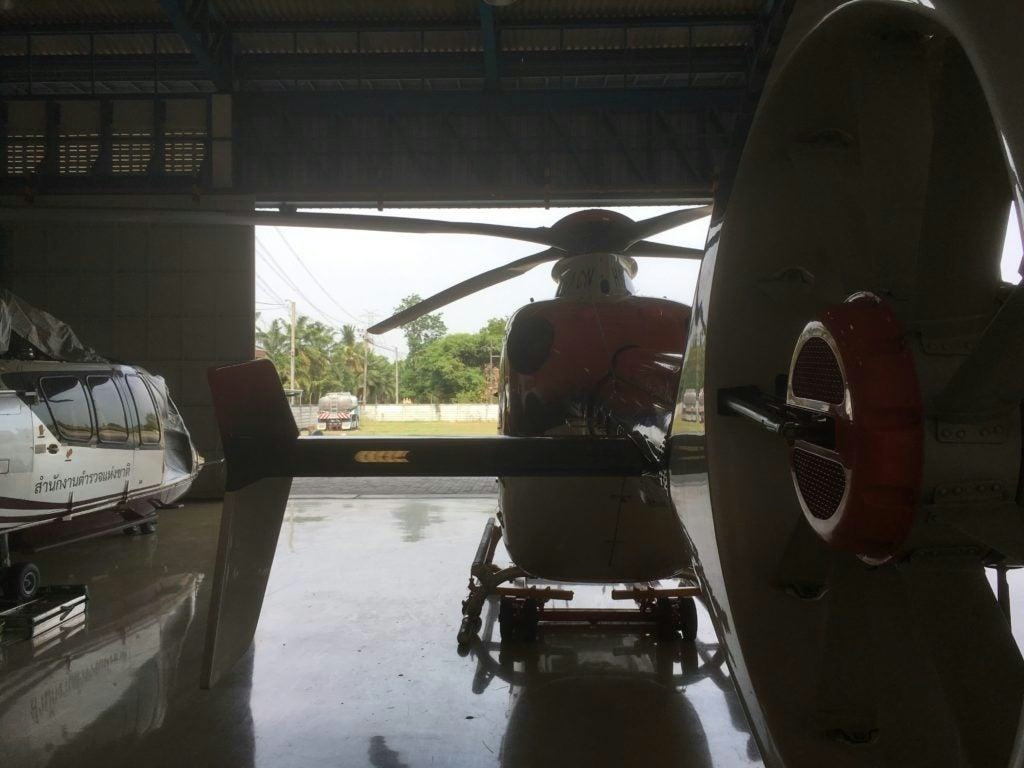
Thailand Establishes U-Tapao Aircraft MRO Center Contract for January 2026
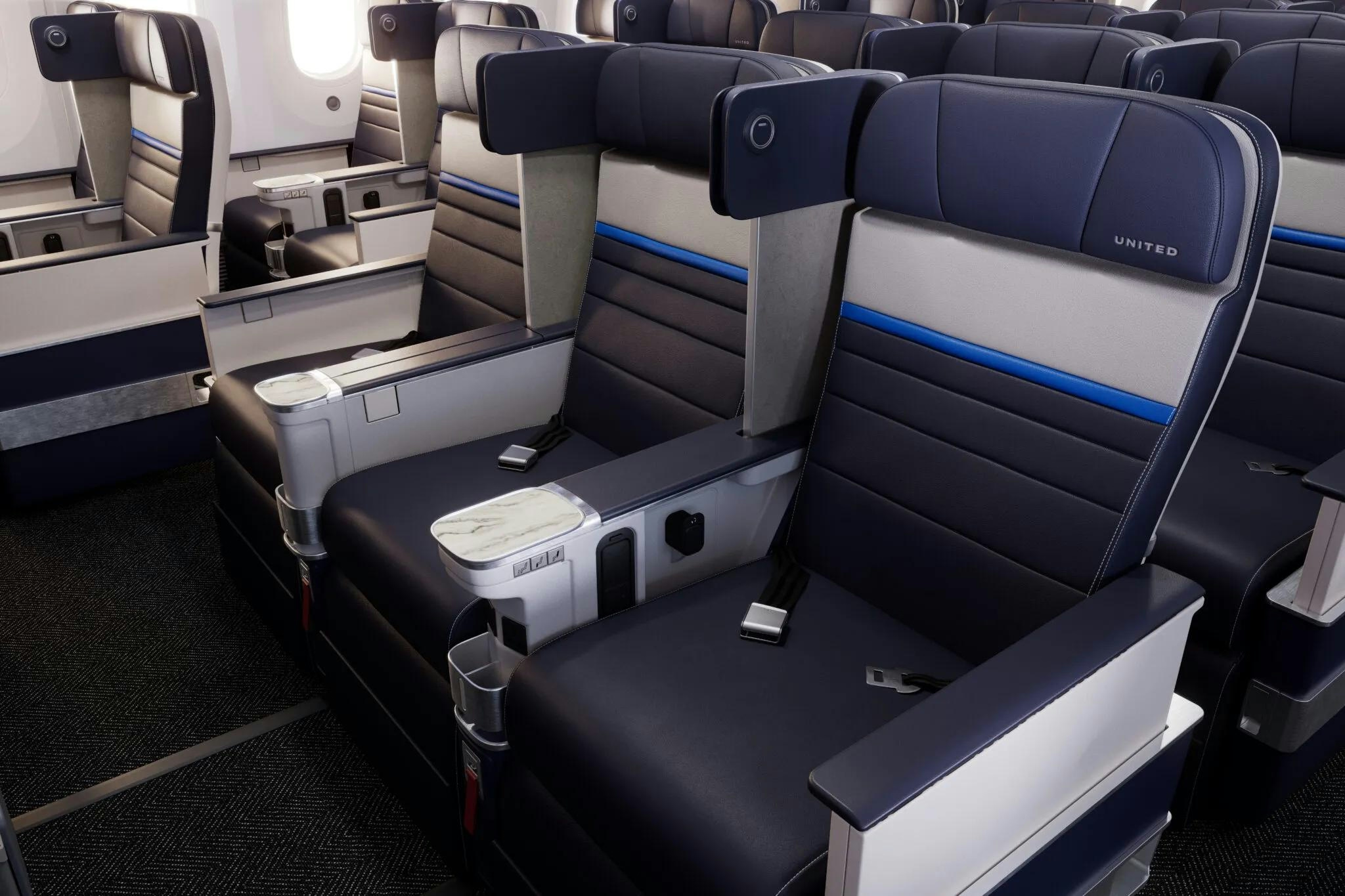
United Airlines Announces Routes for New Premium Boeing 787s
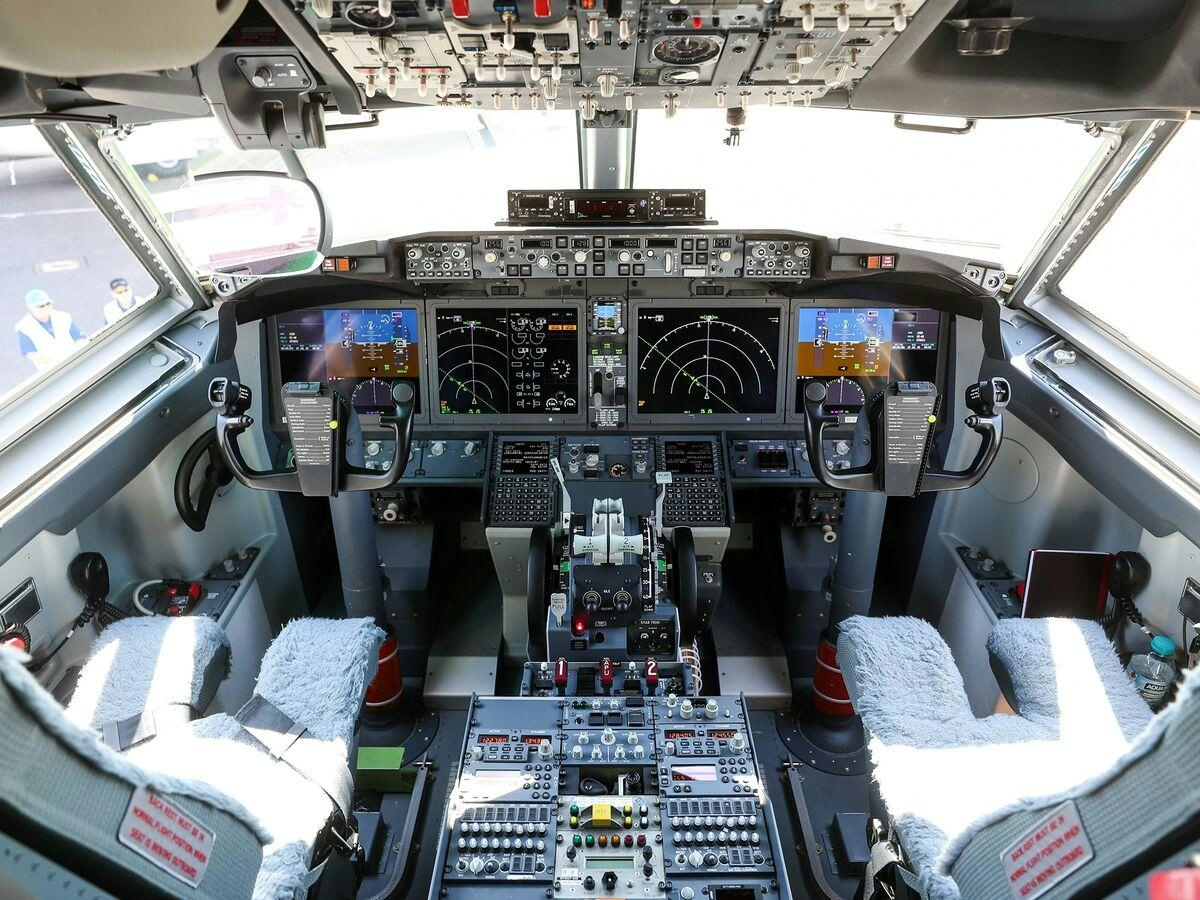
Boeing Introduces Remote Co-Pilot Technology
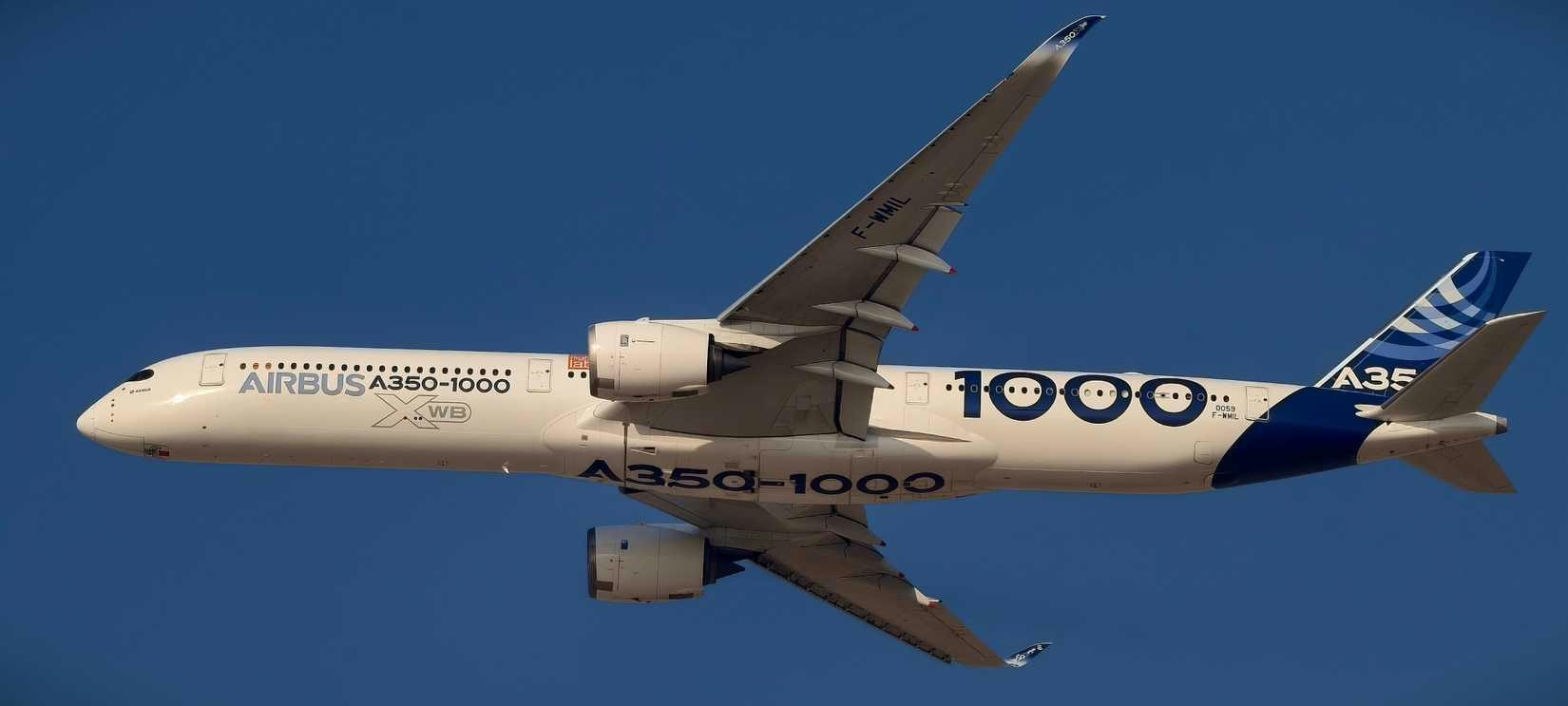
The Airbus A350-1000’s Fuel Efficiency Advantage Explained
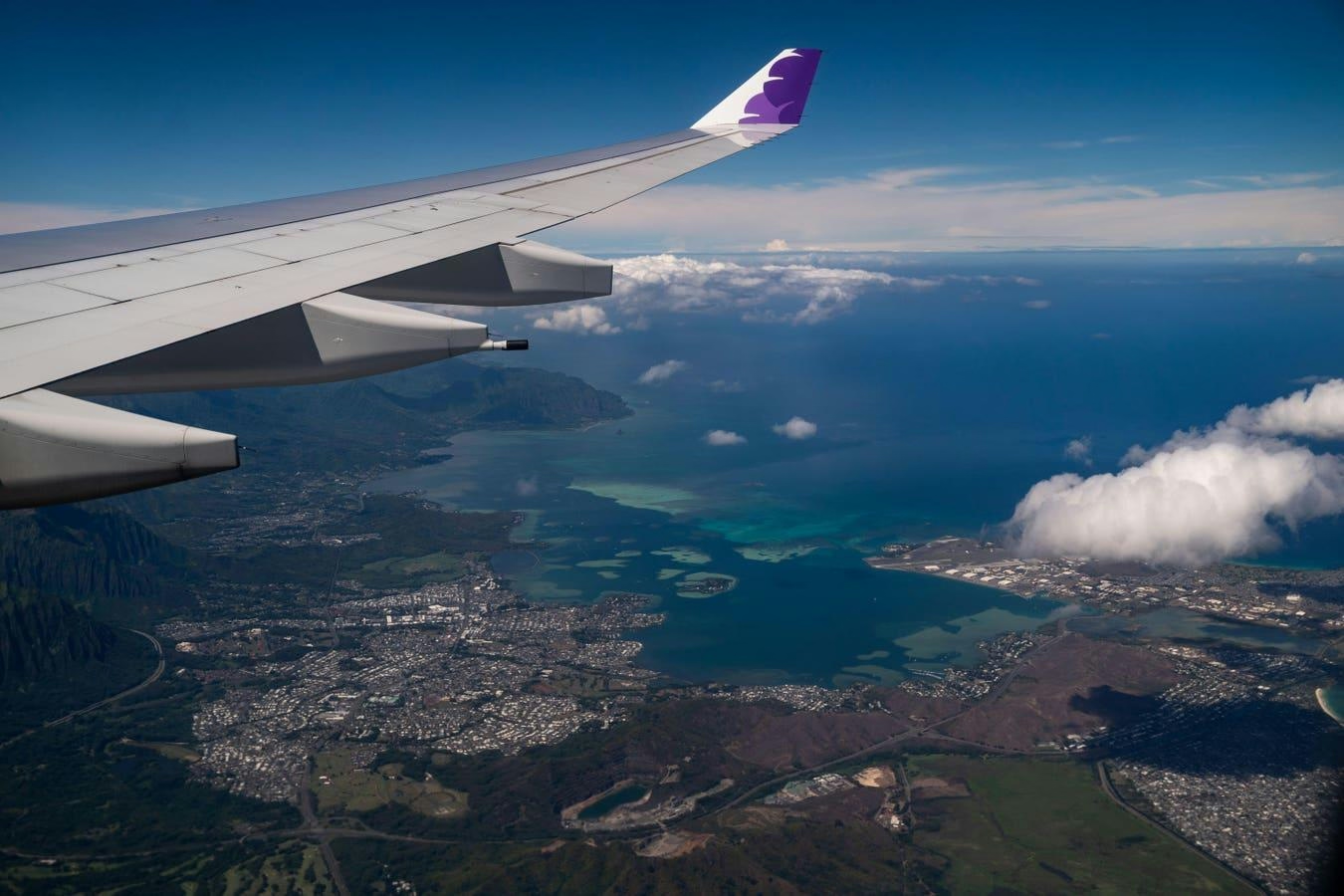
McNally Capital Expands Aviation Operations to Support Global Tourism

Two Young Climbers Begin Winter Ascent of McKinley

Elroy Air’s Autonomous Chaparral Delivers Lunch on A-to-B Flight
